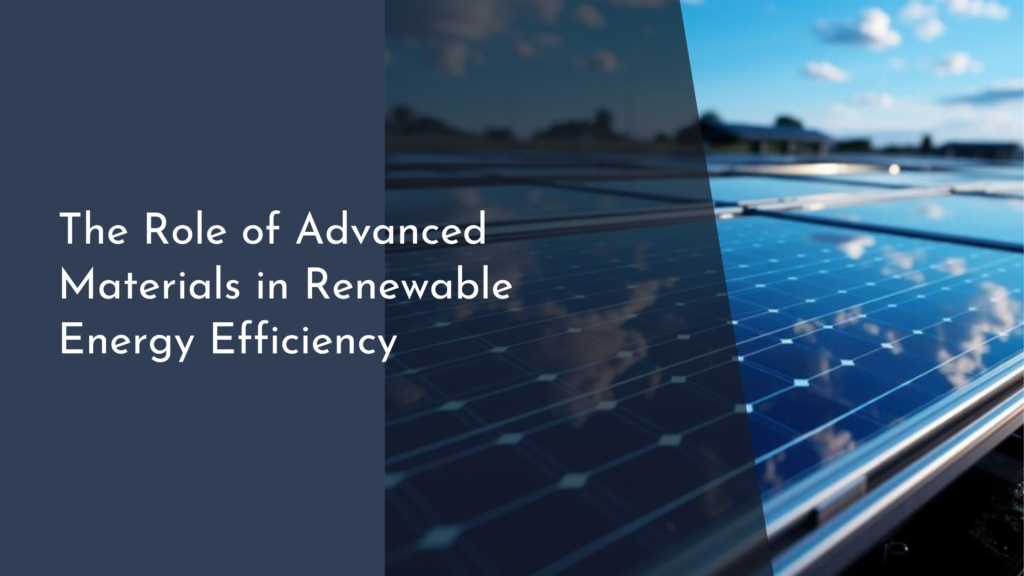Algae-Powered Public Fountains for Air and Water Quality
As urban areas continue to grow, the need for sustainable solutions to combat pollution and enhance public spaces becomes increasingly vital. One innovative approach gaining traction is the integration of algae-powered public fountains. These eco-friendly installations not only serve as beautiful focal points in city landscapes but also play a crucial role in improving air and water quality. By harnessing the natural capabilities of algae, cities can create vibrant, living artworks that contribute positively to the environment and the well-being of their residents.
In this article, we will explore the myriad benefits of algae in urban fountains, delve into how these fountains enhance air and water quality, uncover the science behind algae as a sustainable solution, and envision a future where algae fountains brighten our cities. Join us on this journey of discovery as we celebrate the intersection of nature, technology, and urban design!
Discovering the Benefits of Algae in Urban Fountains
Algae-powered public fountains offer a unique blend of aesthetic appeal and environmental benefits. These installations can transform ordinary public spaces into lush, green havens, attracting visitors and encouraging community engagement. The vibrant colors and dynamic growth patterns of algae create a visually striking element that can enliven parks, plazas, and streetscapes. As people gather around these fountains, they foster a sense of connection to nature, which is often lacking in urban environments.
Moreover, algae are incredibly versatile and can thrive in various conditions, making them an ideal choice for urban settings. They require minimal maintenance and can be integrated into existing water systems without significant alterations. This adaptability allows cities to implement algae fountains as part of broader sustainability initiatives, promoting biodiversity while enhancing the aesthetic quality of public spaces. The presence of these fountains can also serve as a reminder of the importance of environmental stewardship, inspiring residents to adopt greener practices in their daily lives.
How Algae-Powered Fountains Improve Air and Water Quality
One of the most significant advantages of algae-powered fountains is their ability to improve air quality. Algae are known for their remarkable capacity to absorb carbon dioxide (CO2), a major contributor to greenhouse gas emissions. By incorporating algae into urban fountains, cities can effectively reduce CO2 levels in the atmosphere, promoting cleaner air for residents and visitors alike. Additionally, the photosynthetic process of algae releases oxygen, further enhancing the air quality in densely populated areas.
In terms of water quality, algae fountains act as natural filtration systems. Algae can absorb nutrients and pollutants from the water, helping to purify it and reduce the risk of harmful algal blooms in nearby bodies of water. This process not only benefits the health of aquatic ecosystems but also contributes to the overall cleanliness of urban waterways. As a result, algae-powered fountains serve a dual purpose: they beautify public spaces while actively working to improve the environment, making them a valuable asset for cities striving for sustainability.
The Science Behind Algae: Nature’s Eco-Friendly Solution
Algae are fascinating organisms that belong to a diverse group of photosynthetic microorganisms. They can be found in various environments, from oceans and rivers to lakes and even urban settings. Their ability to thrive in different conditions is due to their simple cellular structure and metabolic flexibility, which allows them to adapt and flourish in a range of environments. This adaptability makes algae an ideal candidate for urban applications, such as powering public fountains.
The science behind algae’s environmental benefits is rooted in their ability to photosynthesize, a process that converts sunlight, carbon dioxide, and water into energy. During this process, algae absorb CO2 and release oxygen, effectively acting as natural air purifiers. Furthermore, certain species of algae can accumulate heavy metals and other pollutants, making them effective bioindicators of water quality. By harnessing these natural processes, cities can create fountains that not only enhance their aesthetic appeal but also contribute to a healthier urban ecosystem.
Brightening Our Cities: The Future of Algae Fountains
As cities continue to seek innovative ways to address environmental challenges, algae-powered public fountains represent a promising solution. The future of urban design lies in integrating nature into our built environments, and algae fountains are a perfect example of this trend. With advancements in technology and a growing understanding of the benefits of algae, we can expect to see more cities embracing these eco-friendly installations in the coming years.
Moreover, the potential for algae fountains to engage communities and raise awareness about environmental issues is immense. Educational programs and interactive displays can be incorporated into these installations, allowing residents to learn about the importance of algae in maintaining air and water quality. By fostering a sense of stewardship and encouraging sustainable practices, algae-powered fountains have the potential to transform not only our urban landscapes but also the way we think about our relationship with nature.
In conclusion, algae-powered public fountains are a delightful and innovative solution for enhancing urban environments. By improving air and water quality while providing a beautiful and engaging space for communities, these eco-friendly installations exemplify the power of nature in urban design. As we look to the future, the integration of algae into public spaces holds great promise for creating healthier, more sustainable cities. Let us embrace this vibrant green technology and work together to make our urban landscapes more beautiful and environmentally friendly!

